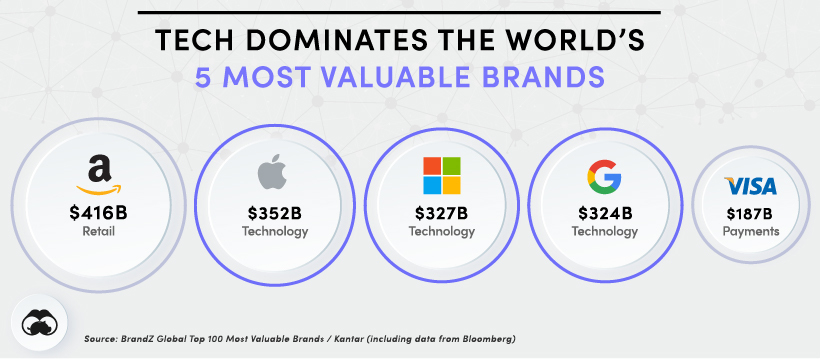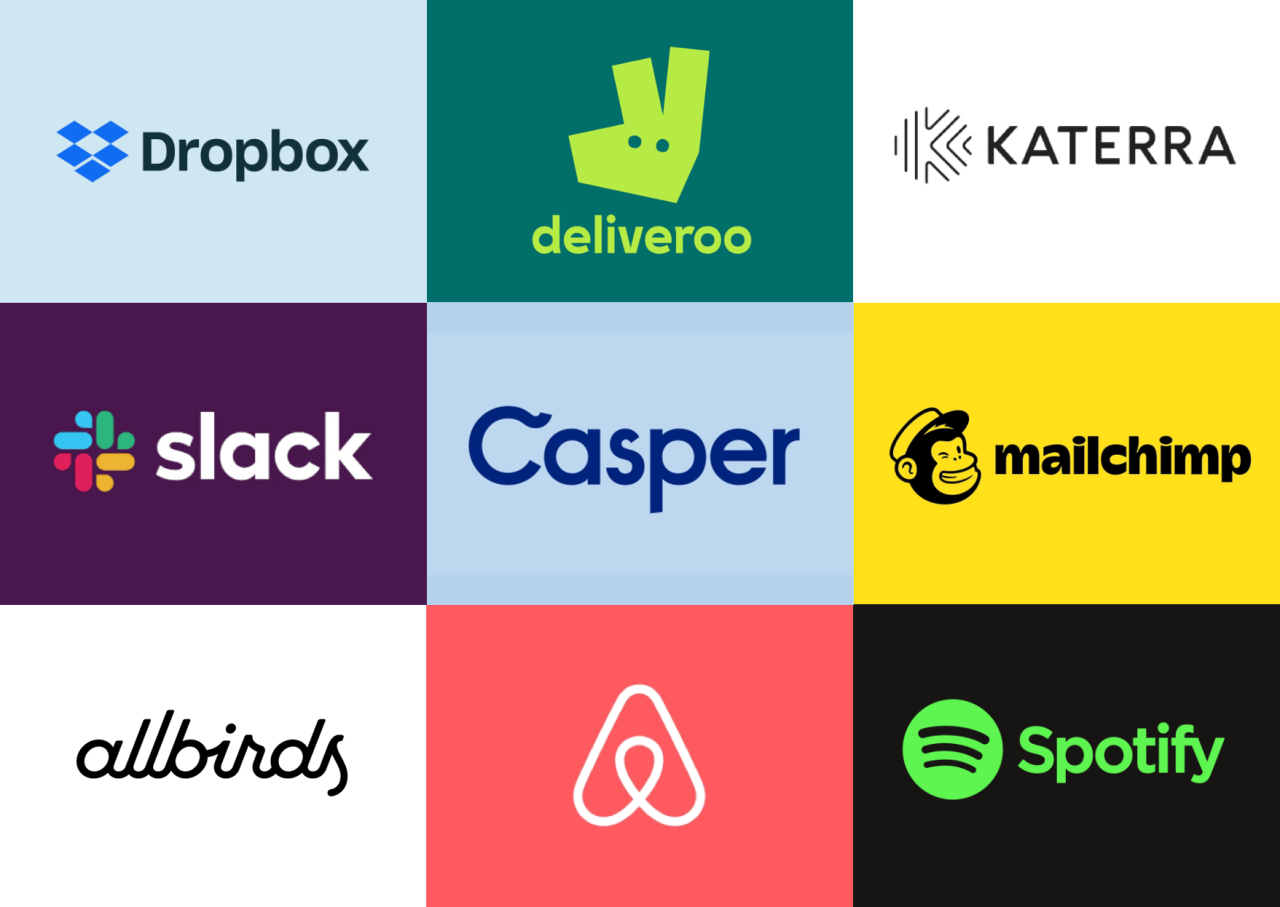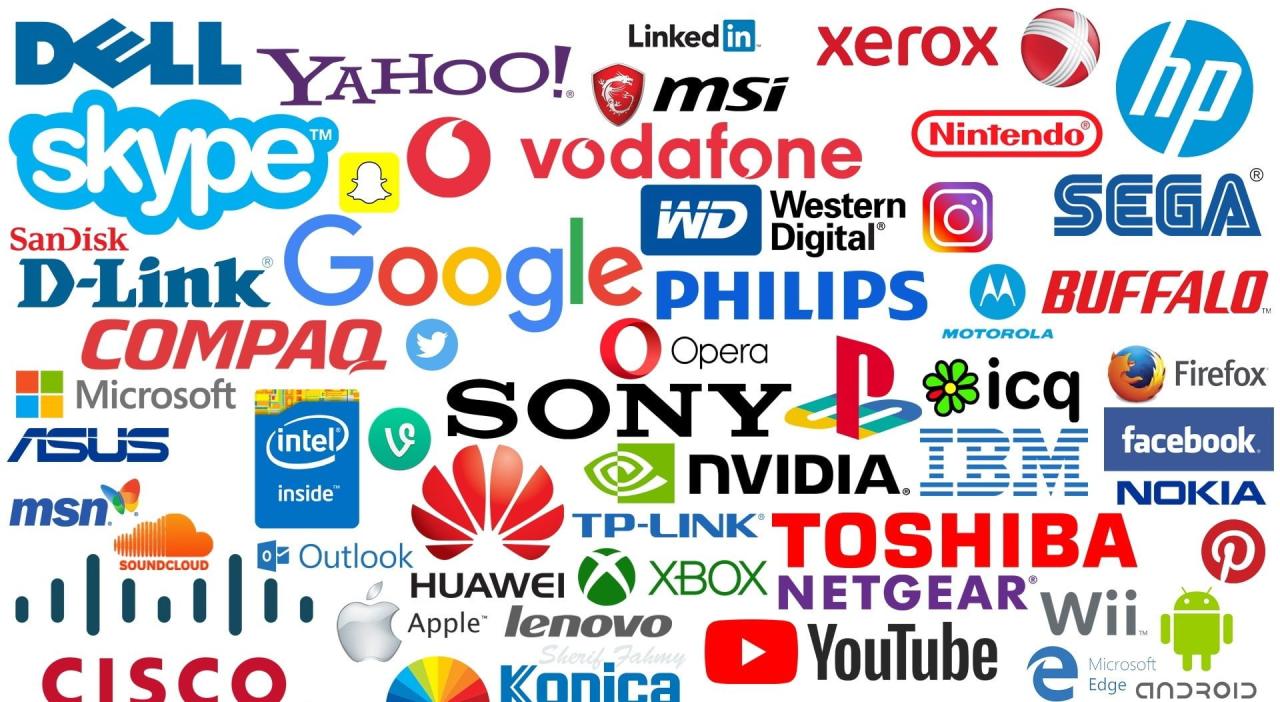Brand Technologies: Shaping Modern Businesses
Brand technologies are the driving force behind modern business success, transforming how companies interact with customers and navigate the ever-evolving digital landscape. From personalized marketing campaigns to AI-powered customer service, […]

Brand technologies are the driving force behind modern business success, transforming how companies interact with customers and navigate the ever-evolving digital landscape.
From personalized marketing campaigns to AI-powered customer service, these technologies empower businesses to build stronger connections, enhance customer experiences, and drive growth. By understanding the intricacies of brand technology, companies can unlock new opportunities, streamline operations, and achieve lasting competitive advantage.
Defining Brand Technologies

In today’s digitally-driven world, brands are constantly seeking innovative ways to connect with their target audience and build lasting relationships. This is where brand technologies come into play, playing a crucial role in shaping brand experiences and driving business growth.
Brand technologies encompass a wide range of tools and platforms that empower brands to manage their online presence, engage with customers, and ultimately achieve their marketing goals. They are essential for creating seamless and personalized experiences across all touchpoints, from website interactions to social media engagement.
Key Elements of a Brand Technology Stack
A brand technology stack comprises various tools and platforms that work together to achieve specific marketing objectives. These elements are interconnected and rely on each other to ensure optimal performance and effectiveness.
- Customer Relationship Management (CRM): CRMs are essential for managing customer data, interactions, and relationships. They provide insights into customer behavior, enabling brands to personalize communication and offer targeted solutions.
- Marketing Automation: Marketing automation tools streamline repetitive tasks, such as email marketing, social media scheduling, and lead nurturing. This frees up time for marketers to focus on strategic initiatives.
- Analytics and Reporting: Analytics tools provide data-driven insights into campaign performance, website traffic, and customer behavior. This information is crucial for making informed decisions and optimizing marketing strategies.
- Content Management Systems (CMS): CMS platforms facilitate the creation, management, and publication of digital content, such as website pages, blog posts, and social media updates. They ensure consistency and efficiency in content creation.
- Social Media Management: Social media management tools simplify the process of managing multiple social media accounts, scheduling posts, and engaging with followers. They are essential for building brand awareness and fostering online communities.
Examples of Brand Technologies
- E-commerce Platforms: Platforms like Shopify and Magento empower businesses to build and manage online stores, facilitating online sales and customer engagement.
- Marketing Automation Platforms: Hubspot, Mailchimp, and Marketo are examples of marketing automation platforms that streamline marketing tasks and enhance campaign effectiveness.
- Social Media Management Tools: Hootsuite, Buffer, and SproutSocial are popular social media management tools that help brands manage their social media presence and engage with followers.
- Customer Relationship Management (CRM) Systems: Salesforce, Microsoft Dynamics 365, and Zoho CRM are examples of CRM systems that help businesses manage customer interactions and relationships.
Case Studies and Best Practices: Brand Technologies

Successful brand technology implementations across various industries showcase the potential of these technologies to enhance brand experiences, drive customer engagement, and achieve business goals. By examining these case studies, we can gain valuable insights into best practices for maximizing the value of brand technologies.
Successful Brand Technology Implementations
Several companies have successfully implemented brand technologies to enhance their customer experiences and drive business growth. Here are some examples:
- Nike: Nike uses augmented reality (AR) technology to enhance its online shopping experience. Customers can virtually try on shoes using their smartphones or tablets, allowing them to experience the fit and style of different models before purchasing. This innovative approach has led to increased customer satisfaction and sales.
- Starbucks: Starbucks leverages artificial intelligence (AI) to personalize customer experiences. Through its mobile app, Starbucks uses AI to recommend personalized drinks and offers based on individual preferences, purchase history, and location. This personalized approach has increased customer loyalty and repeat purchases.
- Disney: Disney utilizes immersive technologies like virtual reality (VR) and augmented reality (AR) to create unforgettable experiences for its guests. At its theme parks, Disney employs VR experiences to transport guests to different worlds and AR experiences to enhance park attractions and entertainment. These immersive technologies have created unique and engaging experiences for Disney guests, driving increased visitation and revenue.
Key Brand Technology Solutions and Their Benefits
The following table showcases key brand technology solutions and their benefits:
| Brand Technology Solution | Benefits |
|---|---|
| Artificial Intelligence (AI) | Personalization, customer segmentation, predictive analytics, automated customer service |
| Augmented Reality (AR) | Interactive product experiences, virtual try-ons, enhanced marketing campaigns, gamification |
| Virtual Reality (VR) | Immersive brand experiences, product demonstrations, training simulations, virtual events |
| Internet of Things (IoT) | Connected devices, real-time data collection, personalized product recommendations, improved customer service |
| Blockchain | Secure data management, transparency, brand authenticity, loyalty programs |
Best Practices for Maximizing the Value of Brand Technologies
Several best practices can help organizations maximize the value of brand technologies:
- Define clear business objectives: Before implementing brand technologies, organizations must define their goals and how these technologies will contribute to achieving them. This clarity will ensure that the technology is aligned with business objectives and provides measurable results.
- Focus on customer experience: Brand technologies should be used to enhance the customer experience, not just for technology’s sake. By understanding customer needs and preferences, organizations can tailor their technology implementations to create engaging and personalized experiences.
- Data privacy and security: Organizations must prioritize data privacy and security when implementing brand technologies. They should ensure that they comply with all relevant regulations and implement appropriate security measures to protect customer data.
- Continuous improvement: Brand technologies are constantly evolving. Organizations should continuously monitor the latest trends and advancements to ensure their technology implementations remain effective and competitive.
Conclusive Thoughts

As brand technologies continue to evolve at a rapid pace, businesses must remain agile and adaptable to leverage their full potential. By embracing innovation, fostering data-driven decision-making, and prioritizing customer-centricity, companies can harness the power of brand technologies to build enduring brands and achieve remarkable success in the digital age.
Brand technologies are constantly evolving, offering consumers innovative solutions across various industries. In the realm of eye care, advancements in laser technology have revolutionized vision correction. For those seeking a permanent solution to refractive errors, exploring the latest LASIK technology can be a game-changer.
By staying abreast of these technological advancements, brands can effectively cater to the evolving needs and desires of their target audience.






